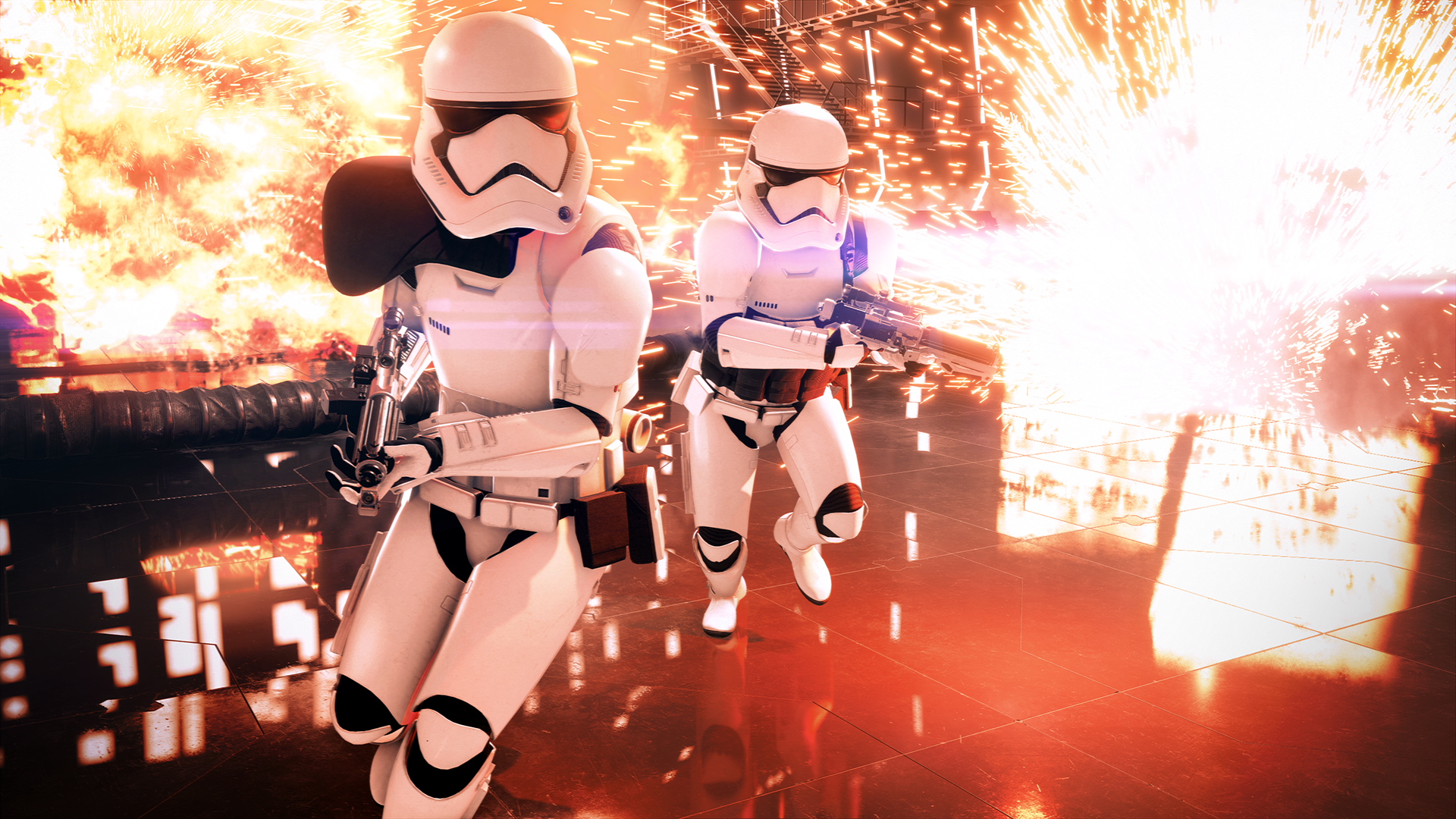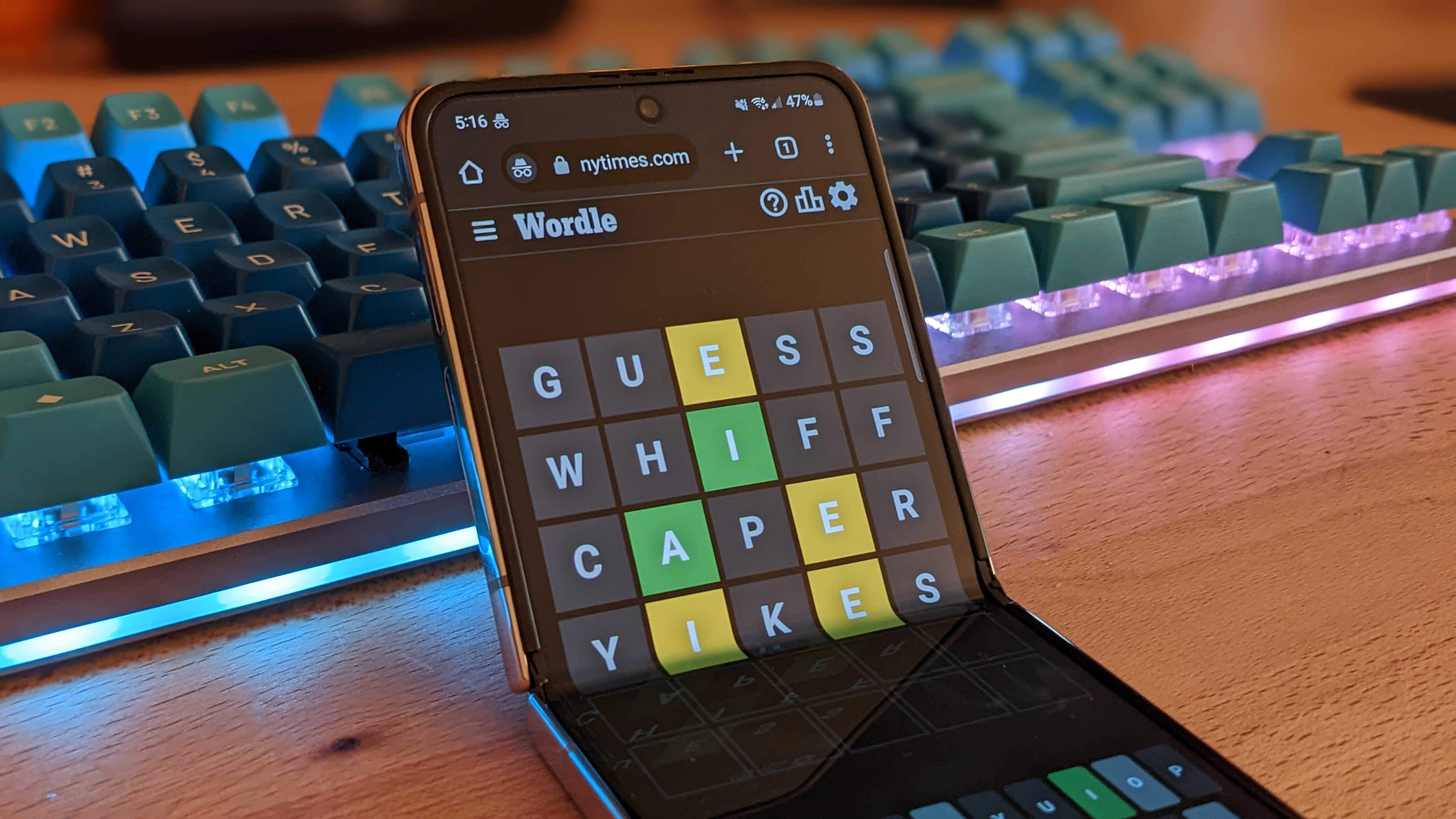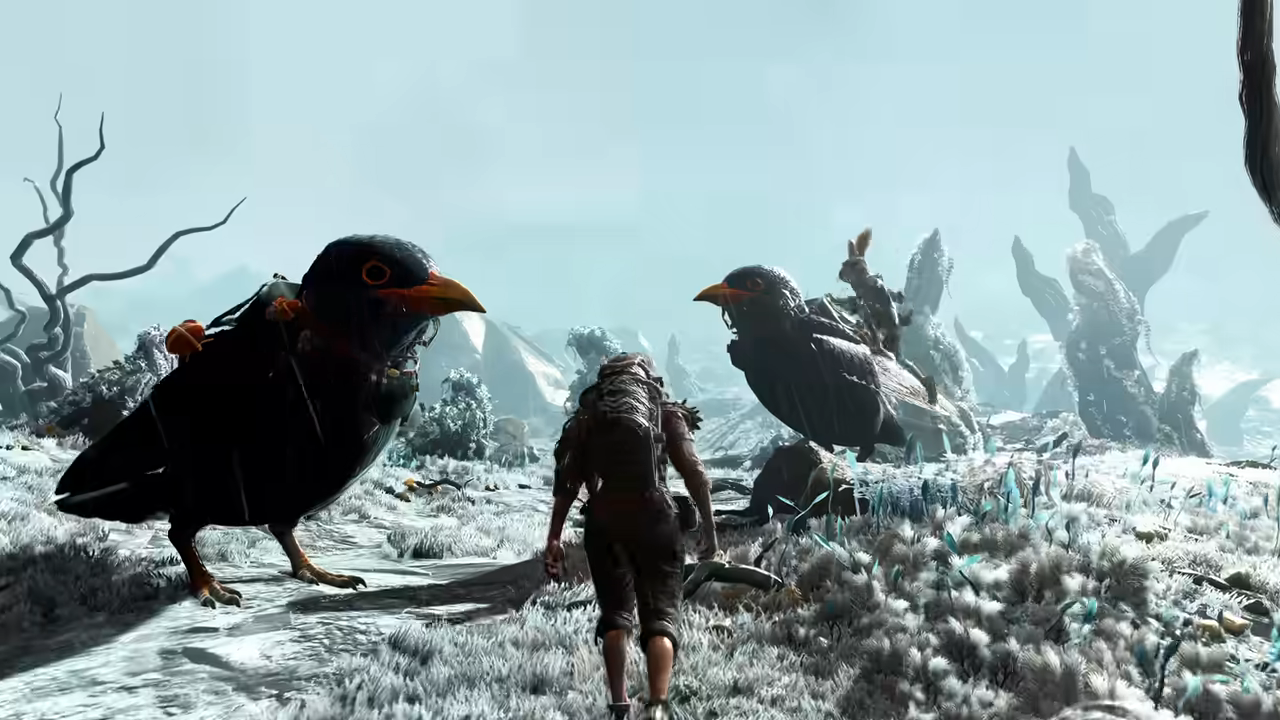
You need a good UI that eases in new players, and also to overcome the genre's reputation for complexity.
I had the chance to sit down with Bit Reactor art director, Daanish Syed, and technical director, Ryan McFall, to talk about their priorities in designing a strategy game. The two weren’t authorized to directly discuss the studio’s upcoming Star Wars project, but they did weigh in on how they see the genre, and what its major hurdles are.
“I think there’s definitely a perception there—I think folks have a limited view of what a strategy game could be,” said McFall, who previously worked on Firaxis’ XCOM reboot series. “That is one of the things we want to try to do: expand people’s perception of what the experience actually is of playing a strategy game.”
Syed expanded on this, homing in on how difficult it is to break into the genre as a new player: “Like any genre, there is a spectrum of complexity. Some genres might fall toward one side or the other, but there’s still lots of variation in-between.
“If you look at the racing genre, you have arcade racers, you have simulation racers, and people aren’t scared by that, because they’ve seen the spectrum. I feel like strategy games potentially have not been exposed in the same way where players haven’t seen what strategy games can be.”
Syed and McFall cited Mario + Rabbids and Baldur’s Gate 3 as two recent examples of strategy (or strategy-adjacent) games that really overcame this perception challenge. As for how to win over and retain players, our talk focused on building the best user interface to make a great first impression and not overwhelm players.
“When a player is brought into the game, they’re learning all the systems and so we want it to be immediately fun, and give the player maximum output for their minimum input and find the fun in the core game itself,” Syed said of this UI challenge. “Then we can start layering on more features and more systems, but we’re ready to grab the player with that initial core of what makes this game fun.”
They also want to create something that works with all kinds of controllers, like gamepads or even touchscreen: “We want to support as many of the range of input devices as we can, just from an accessibility standpoint, and expanding the audience standpoint,” said McFall. “We’re always thinking about the different ways that our users could interact with a title.
“Mouse and keyboard is pretty standard, but these days, there’s so much more than that.”
Both developers had formative experiences working on action games, not strategy—McFall on the FEAR series, and Syed on Mortal Kombat and Jedi: Survivor. McFall pointed out that good UI is significantly more important in strategy games as opposed to a shooter like FEAR. “If you’re looking at your ammo count or whatever, you’re not doing it right. But with a strategy game like XCOM, that UI is such a critical element for comprehending and following the flow of action there.”
As for Syed, the art director seemed eager to develop a new visual language for Bit Reactor’s Star Wars strategy game, similar to Jedi Survivor’s “celestial star charts” motif. “That’s the language we developed for Jedi: Survivor. Similarly, we’re gonna develop our own language that fits within Star Wars, but also feels unique to this game.”
Even though the two couldn’t talk about their Star Wars project directly, the focus of the conversation got my mind really spinning on what the game might entail. I went in thinking of it as a Star Wars “RTS,” but McFall and Syed never used that term, instead opting for “strategy game.” Similarly, their focus on controller-friendly UI and the games they were most excited to talk about (Rabbids, Baldur’s Gate 3, McFall also praised Rogue Trader at one point) has me wondering if it’ll be something in more of a turn-based direction. Whatever the case, we’ll have to wait for more word from EA and Bit Reactor to know for sure.



